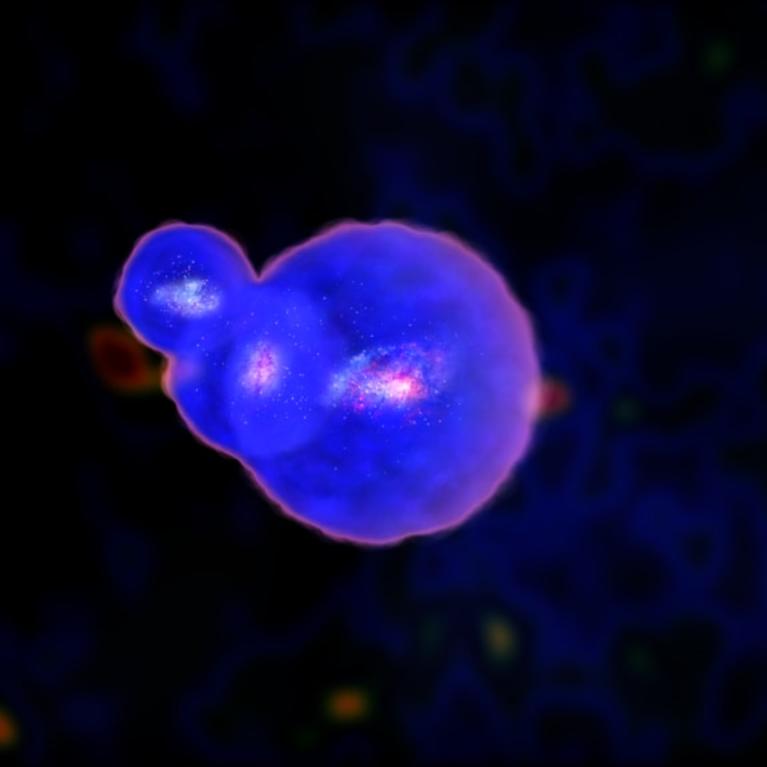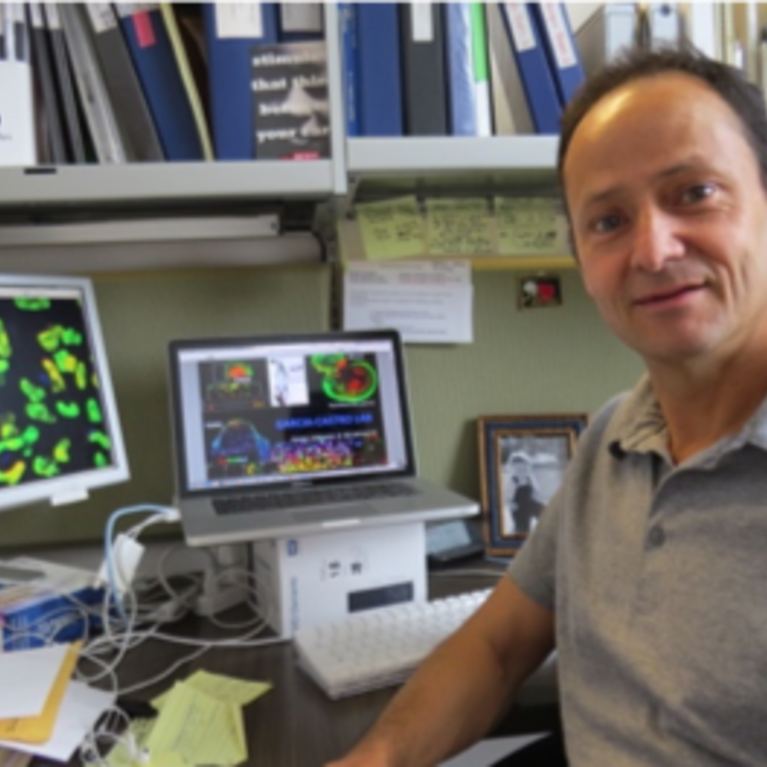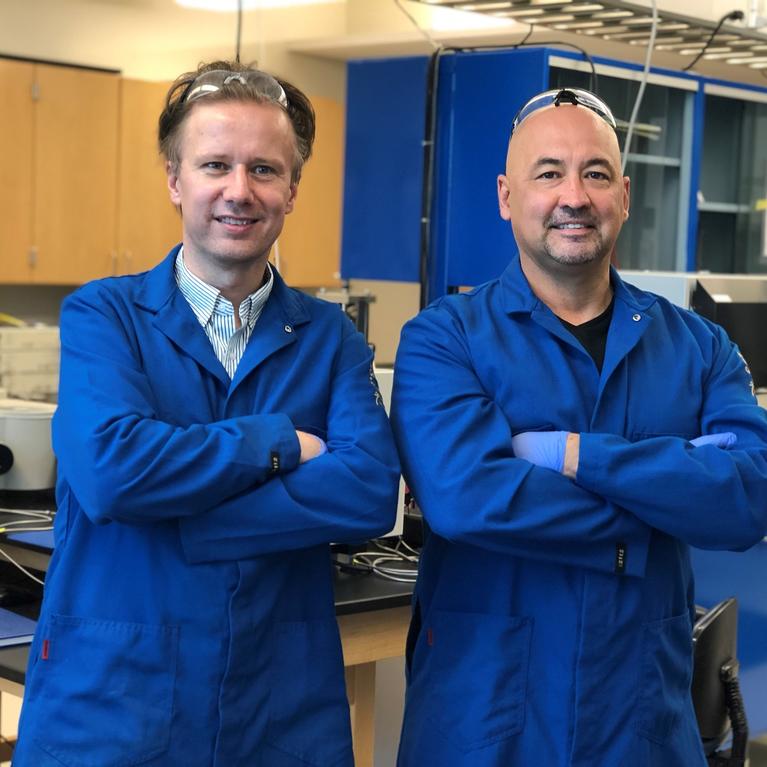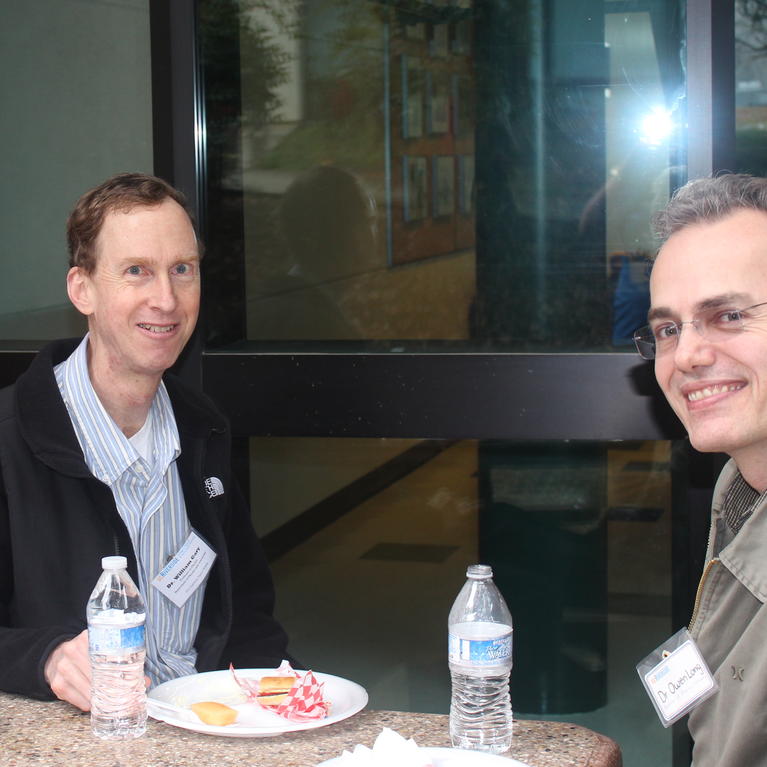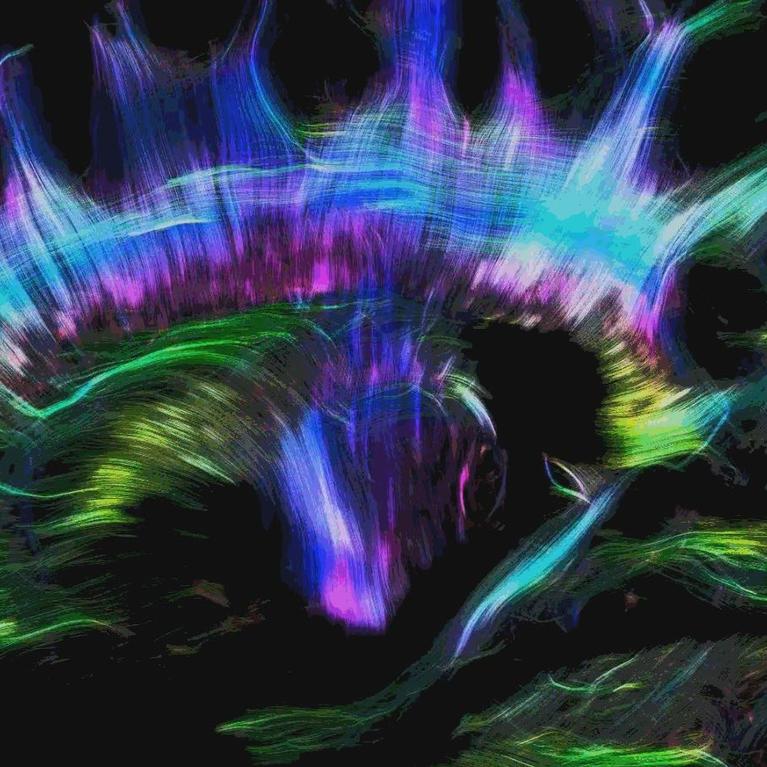Content Tagged with: Research Blog
Astronomers find farthest galaxy group identified to date
UC Riverside’s Bahram Mobasher is a member of the international team that made the discovery
Getting scientists to talk ethics
UC Riverside Graduate Division and Center for Open Science partner to evaluate research ethics training intervention
A dual imaging modality to improve ovarian cancer treatment
The nanosized liposome contains both a fluorescent dye and magnetic resonance agent
Studying the brain as a network
Studying the resemblance of brain and computer function can lead to advancements in brain therapies and treatments
Probing boosted dark matter
UC Riverside’s Yanou Cui participates in an international experiment that brings together more than 1,000 scientists
Tackling diseases by studying genome organization
Five-year research project is funded by National Institutes of Health
Recovery from dinosaur-killing asteroid has message for present
New research finds that it is not how many species you have, it is what they ‘do’ in an ecosystem that matters
Depression and social isolation threaten successful aging of people living with HIV
UC Riverside-led study calls for giving more patient-centered care to this population
Cooperative Extension’s value to California agriculture
The University of California Cooperative Extension has provided the state’s farmers and ranchers with agricultural know-how for over a century — but how well does it work?
Study sheds light on human neural crest cell development
School of Medicine’s Martin Garcia-Castro led the research project
Two engineers receive University of California grants for cancer research
Yanran Li and Joshua Morgan will investigate bioengineered approaches toward treating cancer
Data-driven discovery of one-dimensional materials
Balandin and Bartels receive $1.12 million grant to discover new van der Waals materials
Study explores ethics surrounding payments to research participants
Findings could help inform future ethical payment practices
Physicists present results from updated search for new invisible particles
UCR’s Bill Gary and Owen Long completed the analysis
Diffusion tensor imaging for multiple sclerosis diagnosis
The technique is more efficient than MRI to examine changes in water flow in the brain in mice
New group of light pulses for a faster internet
Dissipative pure quartic solitons carry similar amounts of power at different frequencies, making them particularly suitable for power-efficient high-data-rate optical communication
A quicker way to culture neural crest cells
Two studies advance research in embryonic cells that are critical for human health
